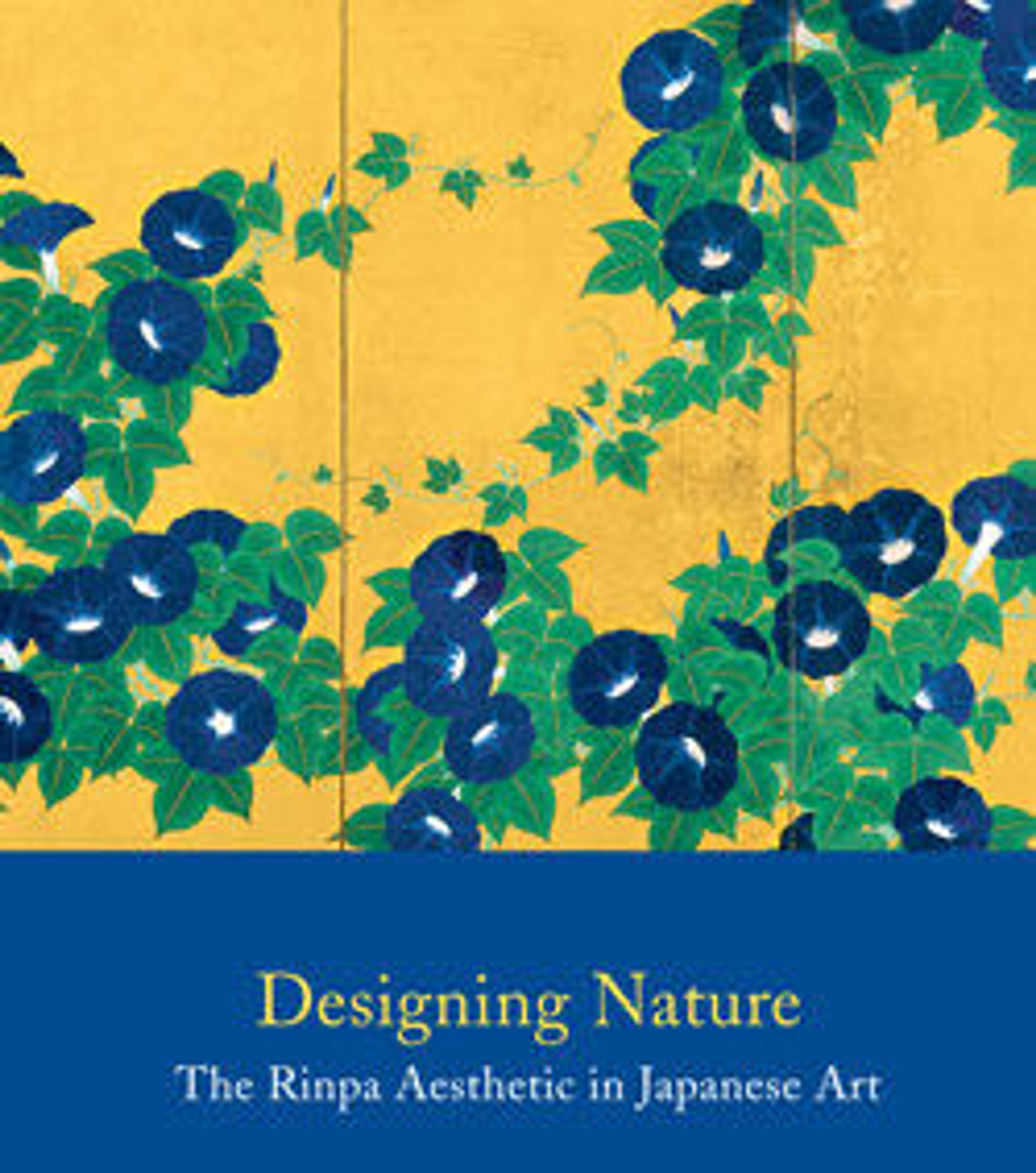Water Jar (Mizusashi) with Stylized Waves
Water jars, such as this mizusashi, play a pivotal aesthetic role during tea ceremonies, for they are the first and last vessels to be brought into tearooms. Aware of the importance that water jars have long held in the ceremonial context of chanoyu, literally "hot water for tea," Nakamura Takuo produces traditional vessels that impart a new vitality.
Like Momoyama-period (1573–1615) precedents, this water jar exhibits an organic, misshapen form, but it has been molded freely into an unconventional rectangular shape. Nakamura seamlessly juxtaposes walls of roughly textured, glazed clay against sides that are inlaid with gold and silver and hark back to the brilliant wave patterns painted by seventeenth- and eighteenth-century Rinpa artists. The smooth, lacquered auburn lid introduces yet another conspicuous element of contrast. Sculptural yet painterly, decorative but functional, this dynamic water jar continues the tradition even as it breaks from it.
Like Momoyama-period (1573–1615) precedents, this water jar exhibits an organic, misshapen form, but it has been molded freely into an unconventional rectangular shape. Nakamura seamlessly juxtaposes walls of roughly textured, glazed clay against sides that are inlaid with gold and silver and hark back to the brilliant wave patterns painted by seventeenth- and eighteenth-century Rinpa artists. The smooth, lacquered auburn lid introduces yet another conspicuous element of contrast. Sculptural yet painterly, decorative but functional, this dynamic water jar continues the tradition even as it breaks from it.
Artwork Details
- 波文水差
- Title:Water Jar (Mizusashi) with Stylized Waves
- Artist:Nakamura Takuo (Japanese, born 1945)
- Period:Heisei period (1989–2019)
- Date:2001
- Culture:Japan
- Medium:Stoneware with gold and silver inlays; lacquered-wood lid
- Dimensions:H. 5 in. (12.7 cm); W. 9 3/4 in. (24.8 cm); D. 8 1/4 in. (20.9 cm)
- Classification:Ceramics
- Credit Line:Purchase, Barbara and William Karatz Gift, 2001
- Object Number:2001.735a, b
- Rights and Reproduction:© Nakamura Takuo
- Curatorial Department: Asian Art
More Artwork
Research Resources
The Met provides unparalleled resources for research and welcomes an international community of students and scholars. The Met's Open Access API is where creators and researchers can connect to the The Met collection. Open Access data and public domain images are available for unrestricted commercial and noncommercial use without permission or fee.
To request images under copyright and other restrictions, please use this Image Request form.
Feedback
We continue to research and examine historical and cultural context for objects in The Met collection. If you have comments or questions about this object record, please contact us using the form below. The Museum looks forward to receiving your comments.
